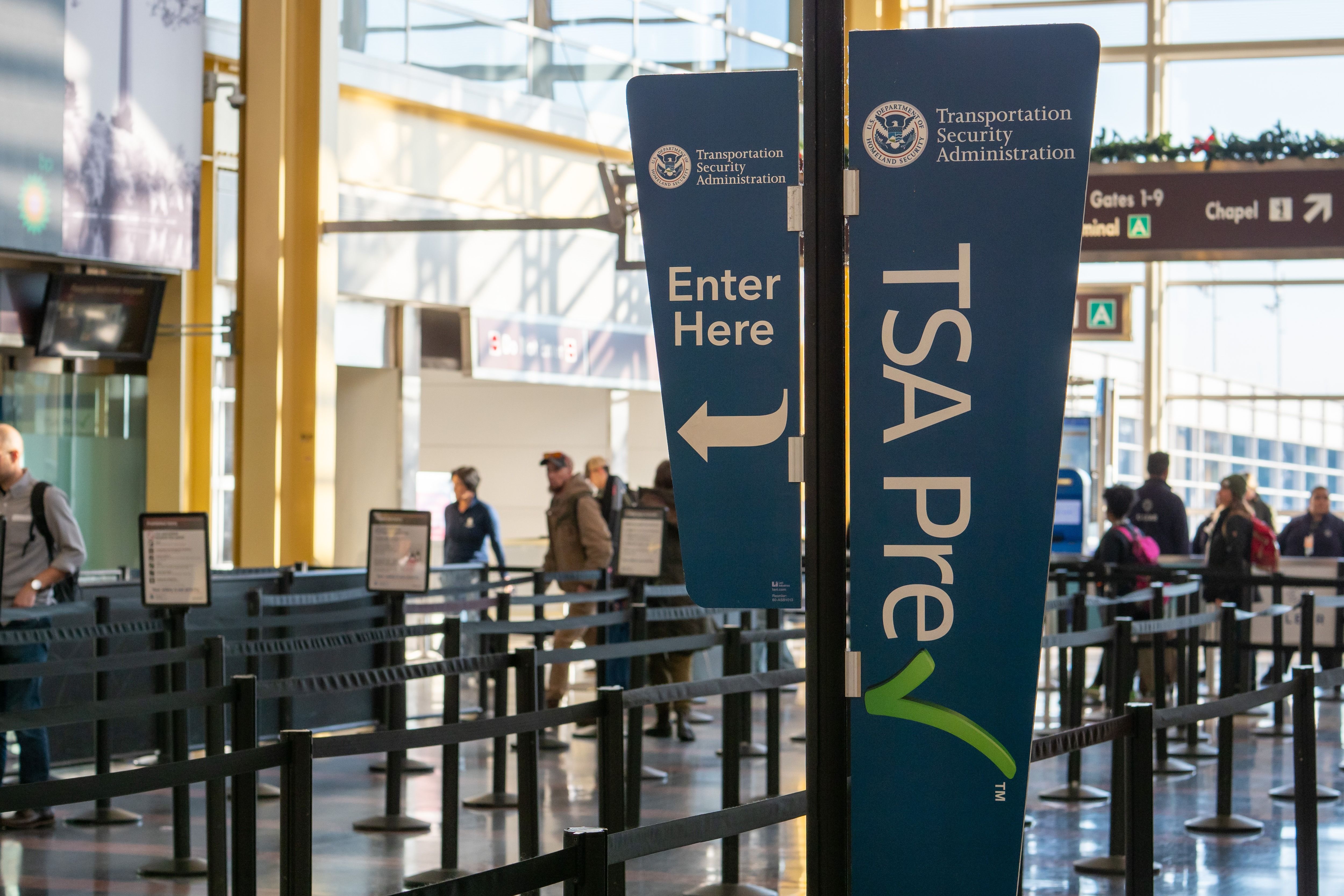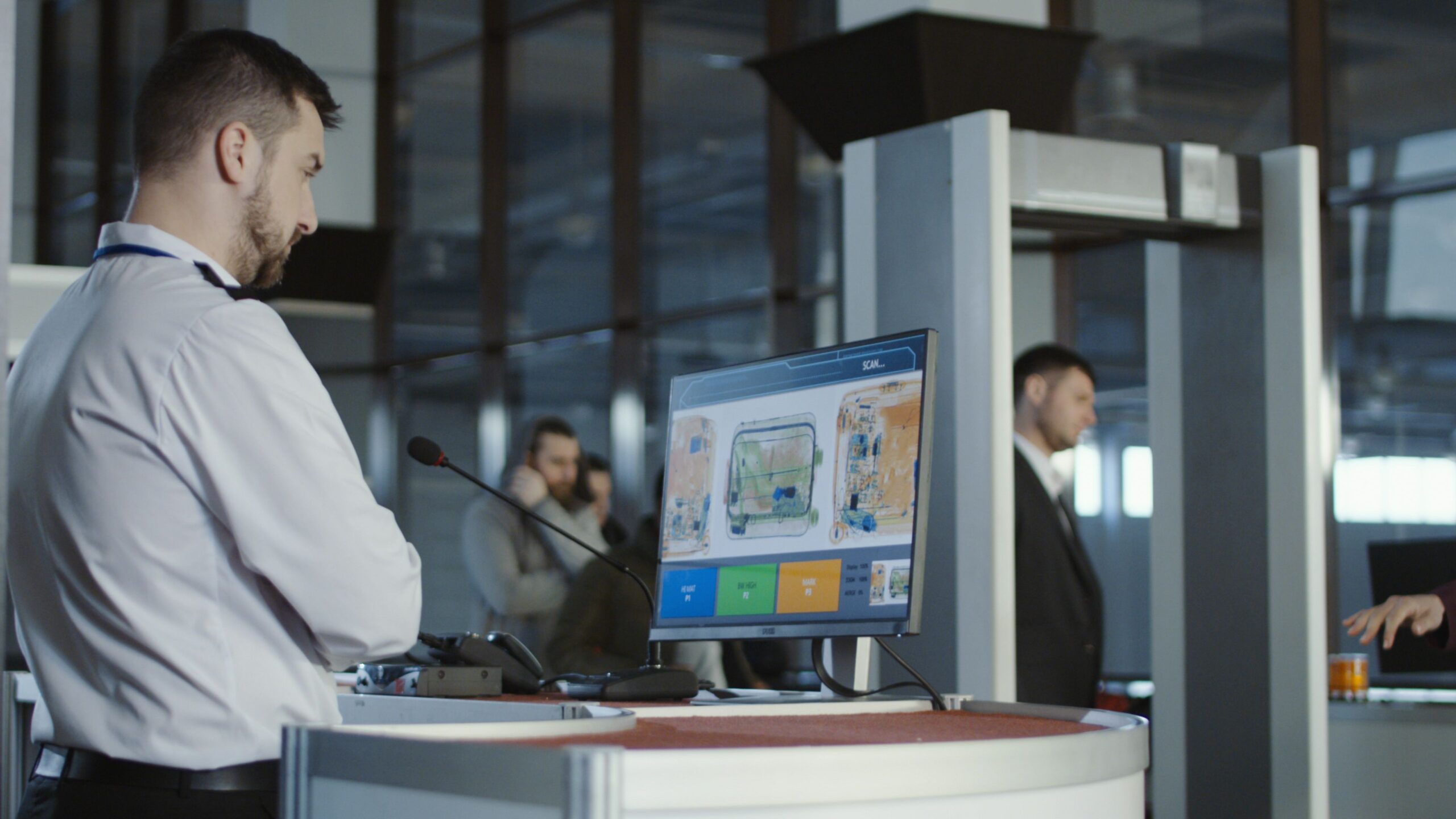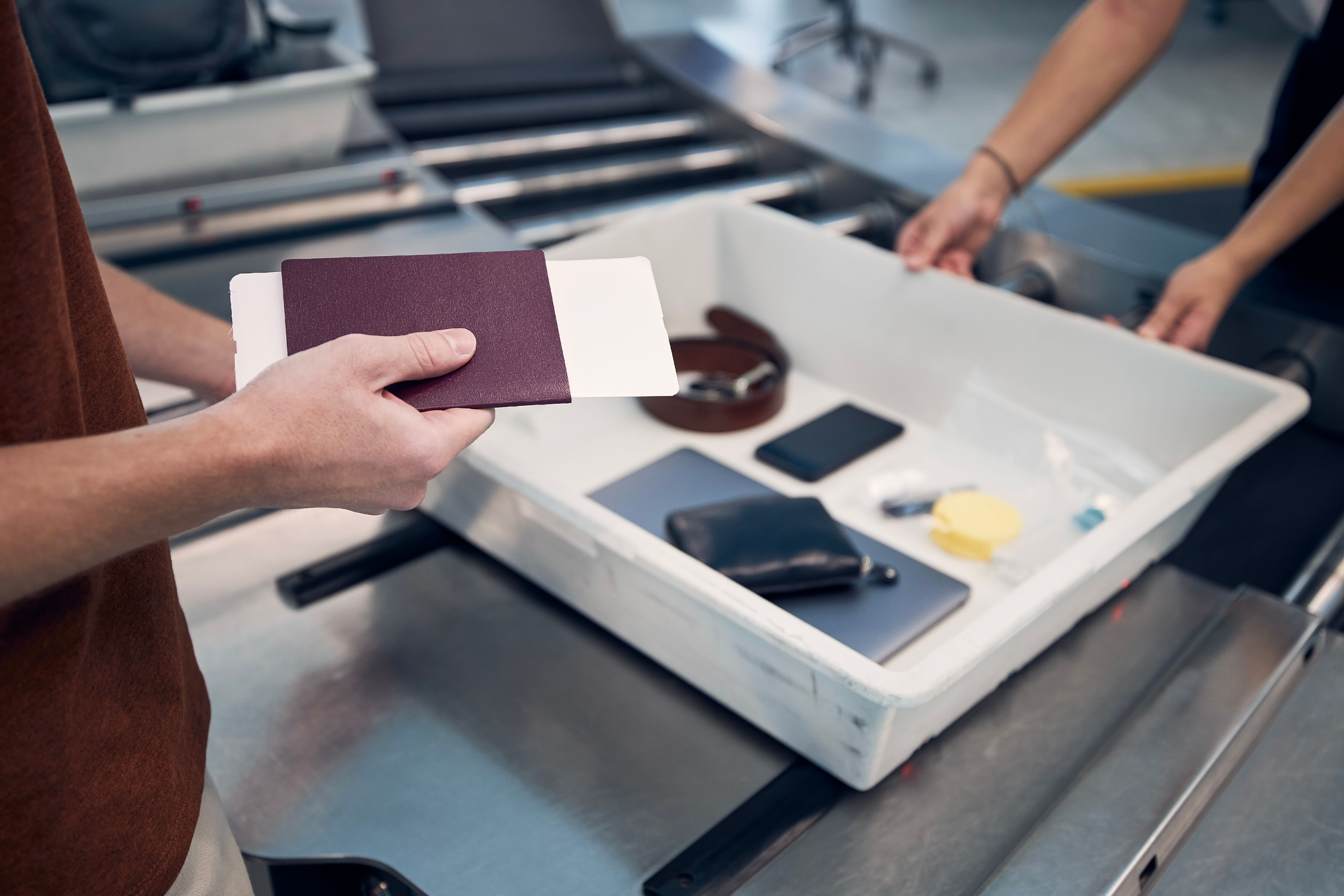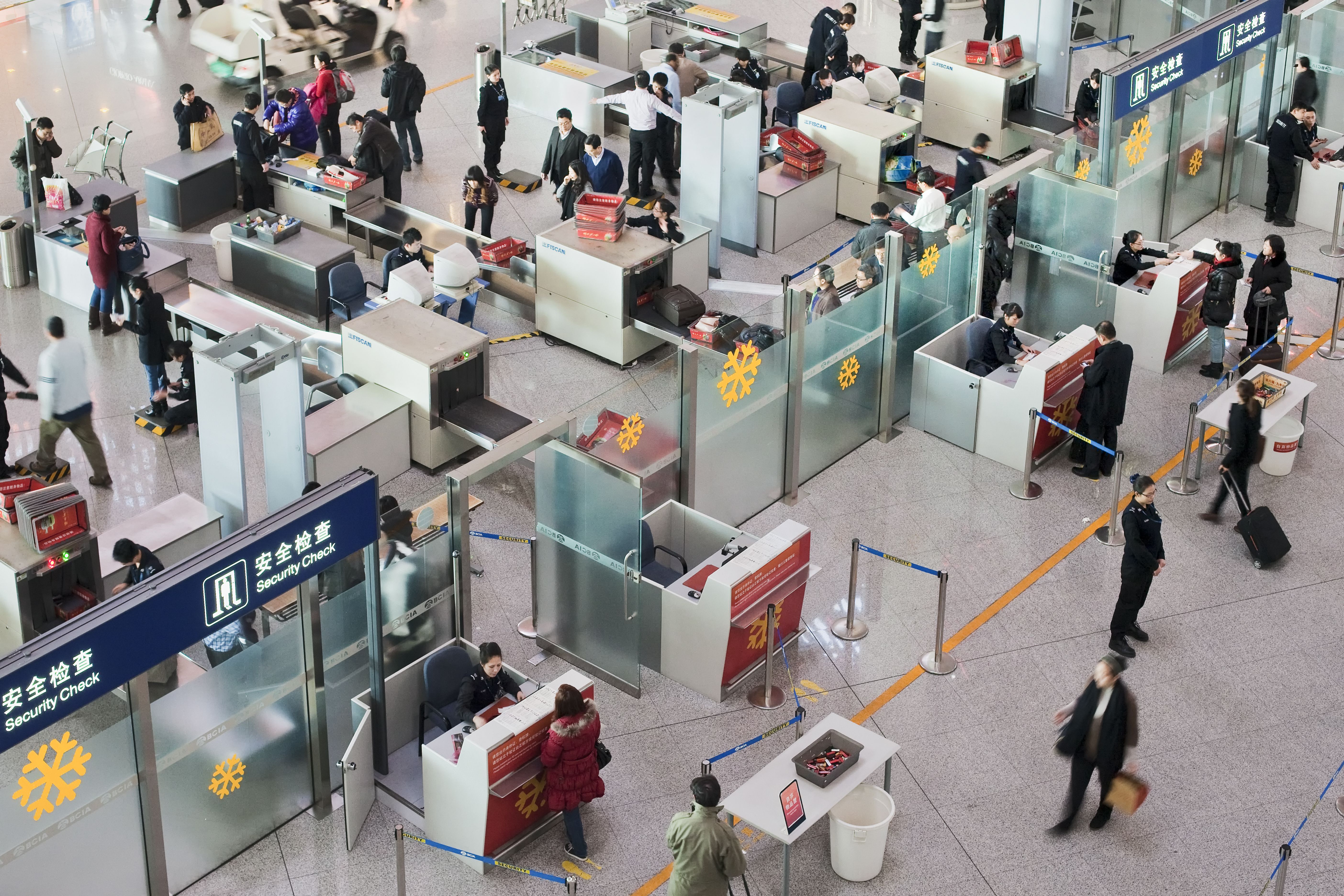Summary
- Airport security regulations have changed since 9/11 to prevent self-made explosives, leading to restrictions on liquids and the need to remove laptops and electronic devices from carry-on luggage.
- Removing laptops from bags helps security personnel see internal components and detect potentially dangerous items.
- Next-gen scanners, already implemented in some airports, can view carry-on luggage from multiple angles and eliminate the need for separate laptop checks.
Passing through airport security, passengers are generally required to remove their laptops from hand luggage and put them (oftentimes separately) in the security scanner bin. While airports with newer scanner machines allow passengers to keep their laptops in bags during scanning, removing laptops is still fairly common at airports. Have you ever wondered why this practice is in place?
Prior to the tragic events of September 11th, airport security allowed passengers to pass through with bags containing everything one might need for a holiday, including knives, liquids, and various electronic devices. But since the 9/11 terrorist attacks, there have been changes to airport security regulations in order to avoid self-made explosives.
Liquids are now permitted in carry-on baggage if they are not more than 100 milliliters (although, with the implementation of new scanners, this rule is being scrapped across major airports), with a few rare exceptions. Notably, laptops and other electronic devices must also be taken out of hand luggage for screening. In this article, we will explain the reasons behind these rules.
The explanation
- The laptop battery is too dense for X-rays to penetrate effectively
- More problematic in old scanning systems
- The same goes for power cords, tablets and cameras
- An electronic device may shield other items from view
The main reason you must remove your laptop from your bag is that its battery and mechanical components are too dense for X-rays to pass through easily, especially with older airport scanning systems. The same applies to power cords and other devices like tablets and cameras. According to the Federal Aviation Administration (FAA),
“Most consumer personal electronic devices containing batteries are allowed in carry-on and checked baggage, including but not limited to cell phones, smart phones, data loggers, PDAs, electronic games, tablets, laptop computers, cameras, camcorders, watches, calculators, etc. This covers typical dry cell batteries, lithium metal, and lithium ion batteries for consumer electronics (AA, AAA, C, D, button cell, camera batteries, laptop batteries, etc.)”
Photo: Jaromir Chalabala | Shutterstock
Having a laptop inside a bag can also block the view of other items that could be potentially dangerous. Scanning it separately allows the security personnel to see its internal components clearly on the screen. In certain situations, you might be asked to turn on the laptop to demonstrate that it is functional.
Furthermore, it is crucial to understand that all laptop batteries are made of highly flammable lithium-ion material. The FAA has issued a warning regarding the potential overheating of laptop batteries if stored in the cargo hold of an aircraft. Here’s what the FAA had to say about devices containing lithium batteries:
“Devices containing lithium metal or lithium ion batteries (laptops, smartphones, tablets, etc.) should be carried in carry-on baggage. Flight crews are trained to recognize and respond to lithium battery fires in the cabin. Passengers should notify flight crew immediately if their lithium battery or device is overheating, expanding, smoking, or burning.”

Related
TSA Sets New Record With Nearly 3 Million Security Checks In A Single Day
Passenger figures from the Memorial Day weekend indicate a busy summer to come.
Next-gen scanners
Various emerging technologies highlighted by the Transport Security Administration
- Automated Screening Lanes (ASLs)
- Biometrics Technology
- Computed Tomography
- Credential Authentication Technology (CAT)
Once airports worldwide adopt next-gen scanners capable of viewing carry-on luggage from multiple angles, the inconvenience of removing laptops will become a thing of the past. In fact, some of the airports, to many passengers’ delight, have already implemented them. These airports include Milan Linate (LIN), Amsterdam Schiphol Airport (AMS), Rome Fiumicino Airport (FCO), London City Airport (LCY), and Eindhoven Airport (EIN), just to name a few.
Photo: TonyV3112 | Shutterstock
These advanced scanners can effectively determine whether something is being concealed, eliminating the need for a separate electronics or liquids check. According to Smiths Detection, which specializes in threat detection and security screening technologies, the tech not only eliminates the need for removing electronic devices but also reduces the rate of tray handling, significantly trimming the screening time per passenger. Now, you’ll only have to remove any items if your bag is flagged by the scanner.
The new security scanners have been instrumental in reducing queues at many airports, which remains a significant issue at large airports due to understaffing challenges caused by labor shortages.

Related
What Is The Difference Between TSA Precheck and CLEAR?
Both programs aim to minimize security screening delays at US airports.
What are your thoughts on airport security rules? Have you ever seen the new security scanners at airports? What was your experience with laptops and electronic devices? Let us know in the comments section.



